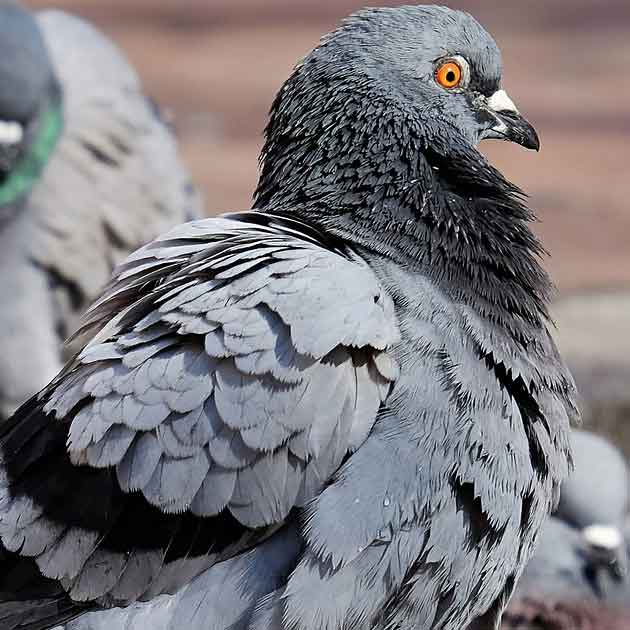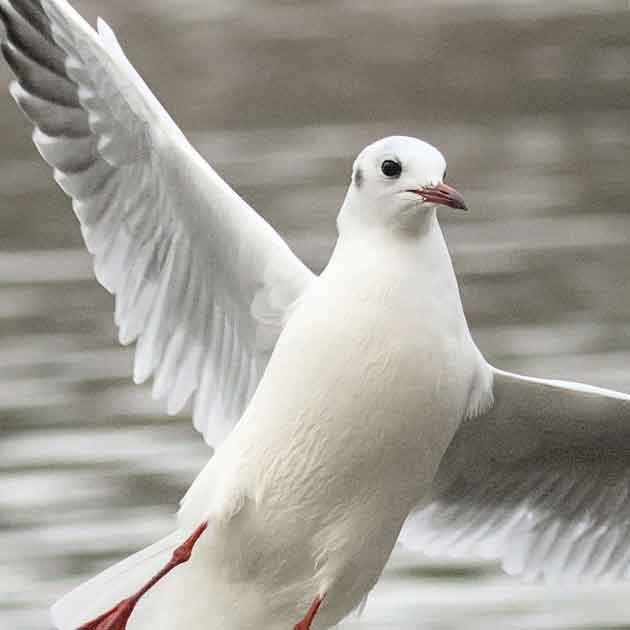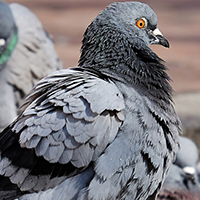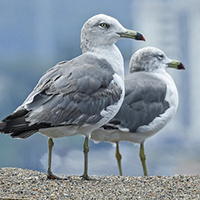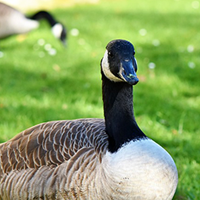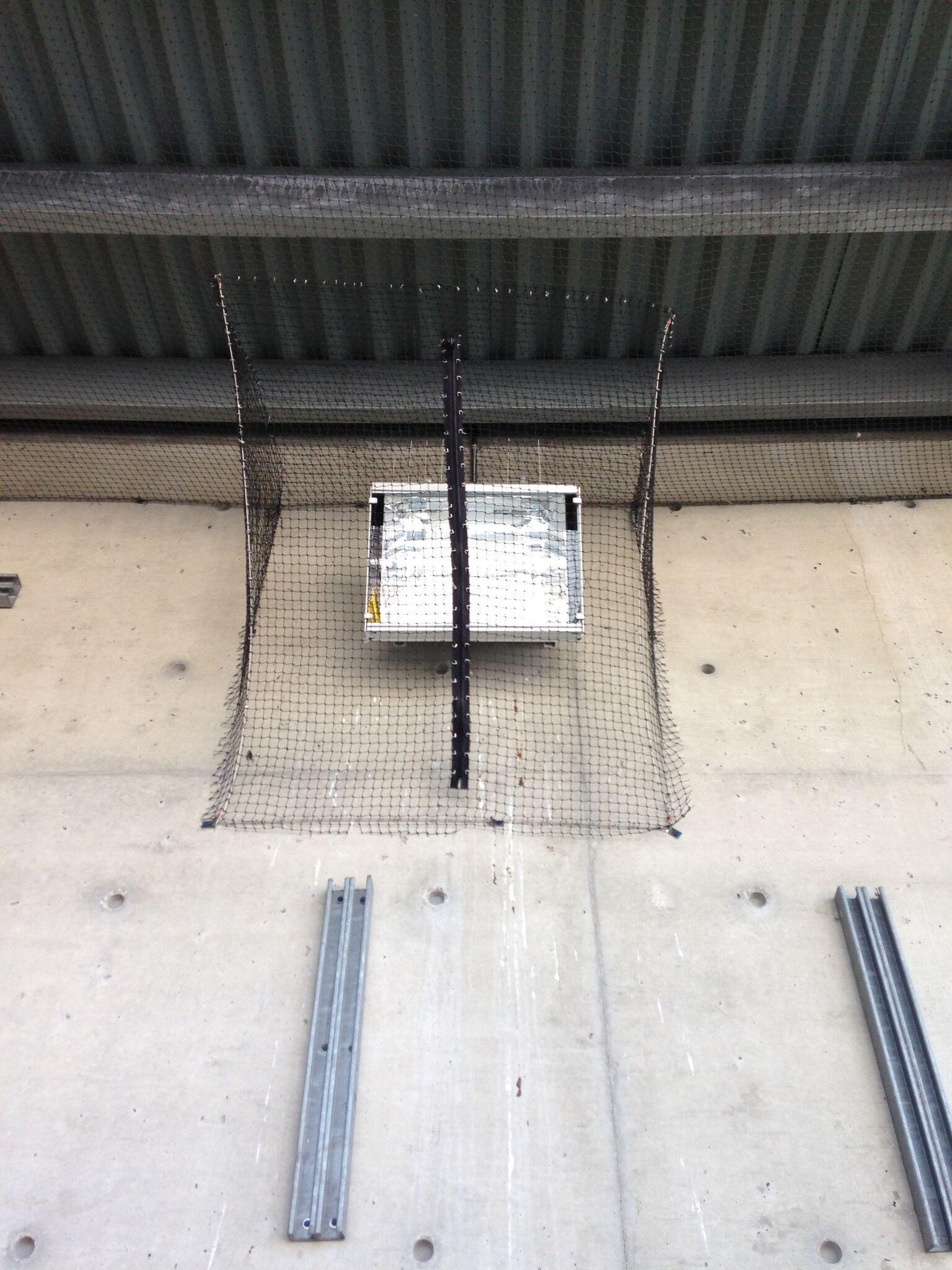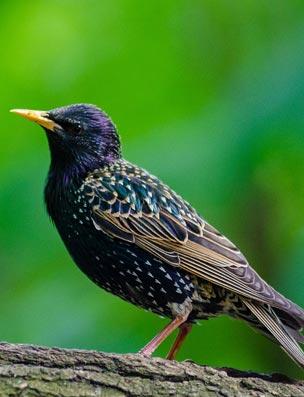 Like the house sparrow, the starling was introduced from Europe in the 19th century. It did not spread as fast and only reached the western coast within the last few decades. Starlings are well adapted to urban life which offer it an abundance of food and nesting sites. It is a muscular bird about eight inches long with long wings and a short squared tail. Starlings are very aggressive and
Like the house sparrow, the starling was introduced from Europe in the 19th century. It did not spread as fast and only reached the western coast within the last few decades. Starlings are well adapted to urban life which offer it an abundance of food and nesting sites. It is a muscular bird about eight inches long with long wings and a short squared tail. Starlings are very aggressive and
will drive native birds out of their territory, much to the dismay of local bird watchers. Starlings are well noted for their flocking habits. They often gather in the tens of thousands, creating a huge nuisance when roosting in populated areas.
Starling Control and Removal
Large flocks can be removed using a well timed, organized scare campaign with noisemakers, pyrotechnics and distress calls. Falconry and birds of prey, capture netting, exclusion and ledge protection.
Starling Damage
Starlings are a major nuisance in urban areas due to their nesting, eating and living habits. When the bird is in its flocking phase, thousands of starlings often overwhelm urban buildings. Large scale buildup of feces from these flocks will lead to structural damage. The uric acid in the feces will corrode stone, metal and masonry. Gutters and drainage pipes clogged with starling nests often backup, causing extensive water damage. The bacteria, fungal agents and parasites in the feces also pose a serious health risk.
Quick Facts
Height/Weight - 75.34-85.34/2-3oz Lifespan - 5 to 7 years in the wild and up to 13 captivity Flight Speed - 18 to 40 mph Range - Across country rural to urban areas Food - insects, wild fruit seeds and grain habitat, trees and building structures.
Physical Description
The starling is a dark chunky, muscular bird. It is distinguished from other blackbirds by its short tail and its longer, slender bill. Starling plumage varies depending on the season. In winter, the bird displays a highly speckled iridescent coat and a dark bill. In summer, the bird's coat dulls and has far fewer speckles.
Starling Nesting
The Starling is a nesting bird. Their nests are in enclosed areas with at least a 1 1/2 inch opening. Look for their nests in old trees, church steeples and other holes and crevices. Due to their bullying nature they will take any suitable site, evicting any previous owner. They sometimes watch other birds build a complete nest before forcing them to leave.
Starling Breeding
Starlings have two broods a year with four to five eggs in a brood. They average eight offspring a year. The eggs are white, pale blue or green-white. Incubation of the eggs takes twelve days. The fledglings leave the nest after 25 days. The young leave to join other juveniles and form huge flocks that move on to other territories.
Cycles
Not a true migrating bird, starlings may move from rural trees to warm city buildings in winter. The daily cycle is one of leaving the nest at sunrise to travel up to sixty miles to feeding areas before returning for the evening. They disperse to mate in the spring. After mating season, they will often coalesce into huge flocks with defined feeding and roosting areas.


